Animals
-
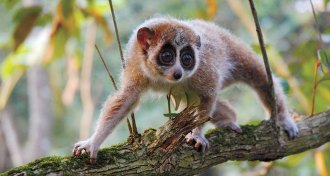 Animals
AnimalsPygmy slow loris hibernates in winter
The pygmy slow loris truly hibernates, making it the first primate found outside Madagascar to do so, a new study says.
By Susan Milius -
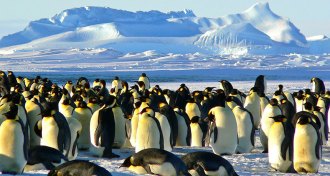 Animals
AnimalsA single penguin can break up a huddle
A new study documents how penguins regulate body temperature by forming huddles and breaking groupings apart.
-
 Animals
AnimalsPygmy slow loris in Asia takes unusual downtime in winter
The pygmy slow loris is the first primate outside Madagascar found to hibernate.
By Susan Milius -
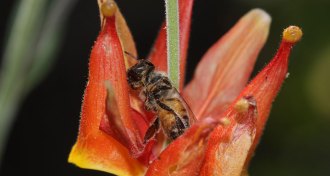 Plants
PlantsPretty flower uses dead arthropods to lure protectors
A sticky columbine from California lures arthropods to their death to lure protectors to the plant, a new study suggests.
-
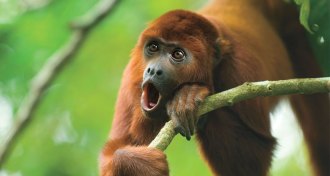 Animals
AnimalsInside the roaring sex lives of howler monkeys
Listening to the intense roars of howler monkeys in Mexico inspired scientists to decipher how and why calls differ among species.
-
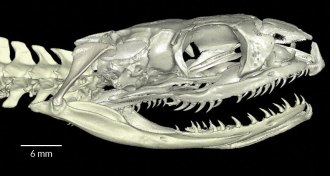 Animals
AnimalsSnakes evolved from burrowing ancestor, new data suggest
A new X-ray analysis of inner ears is the latest to weigh in on whether modern snakes descended from a burrowing or a swimming reptile.
By Meghan Rosen -
 Animals
AnimalsMystery deepens for what made tarantulas blue
Blue hair on tarantulas shows what evolution does with iridescence that females probably don’t care about.
By Susan Milius -
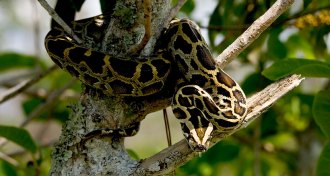 Animals
AnimalsFor a python, every meal is like Thanksgiving
Burmese pythons rarely eat, but when they do, they gorge. Unlike humans, pythons have adaptations that allow them to survive on huge meals.
-
 Genetics
GeneticsWater bears are genetic mash-ups
Drying out may help tardigrades soak up new DNA, which in turn aids the water bears in withstanding stress.
-
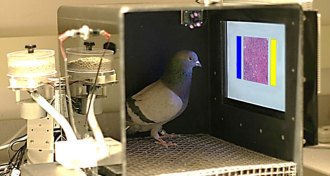 Animals
AnimalsFive species that show why ‘bird brain’ is a stupid phrase
Birds can use tools, make art and understand human language. Why do we assume they are stupid?
-
 Science & Society
Science & SocietyGenetically modified salmon gets approval in U.S.
Fast-growing salmon become first genetically engineered animals approved for human consumption.
-
 Animals
AnimalsHow to see with eyes made of rock
Tiny mollusk eyes in chiton armor can pick up rough images.
By Susan Milius